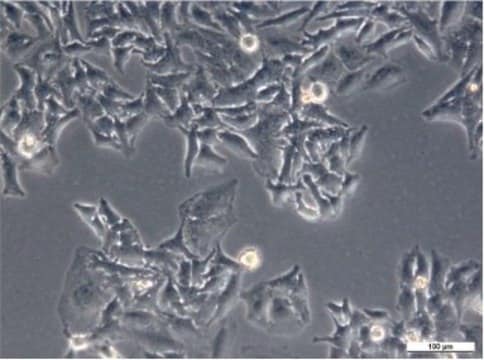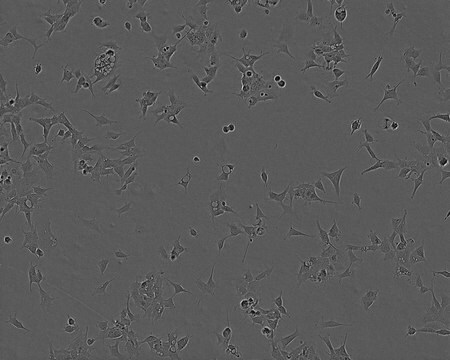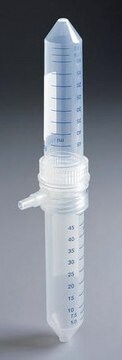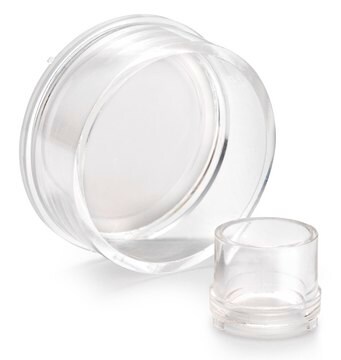NIH 3T3 Cell Line murine
93061524, mouse embryo, Fibroblast
Synonym(s):
3T3 Cells, Mouse 3T3 Cells, NIH/3T3 Cells, NIH3T3 Cells, Swiss 3T3 Cells, Swiss3T3 Cells
About This Item
Recommended Products
Product Name
NIH 3T3 Cell Line murine, 93061524
biological source
mouse embryo
description
Embryonic fibroblast
growth mode
Adherent
karyotype
Not specified
morphology
Fibroblast
products
Not specified
receptors
Not specified
technique(s)
cell culture | mammalian: suitable
shipped in
dry ice
storage temp.
−196°C
Cell Line Origin
Cell Line Description
Application
- study calcium-mediated actin reset (CaAR) in response to physiological changes
- study the effects of activation of the transient receptor potential vanilloid 3 channel (TRPV3) on adipocyte differentiation
- determine the viral titer of the retroviral construct -ST40hTNFα
Culture Medium
Subculture Routine
Other Notes
Choose from one of the most recent versions:
Certificates of Analysis (COA)
Sorry, we don't have COAs for this product available online at this time.
If you need assistance, please contact Customer Support.
Already Own This Product?
Find documentation for the products that you have recently purchased in the Document Library.
Articles
DNA, RNA, cDNA derived from ECACC mammalian cell lines allow screening for genes or expression patterns to identify lines most suitable for specific research.
Our team of scientists has experience in all areas of research including Life Science, Material Science, Chemical Synthesis, Chromatography, Analytical and many others.
Contact Technical Service




